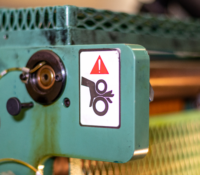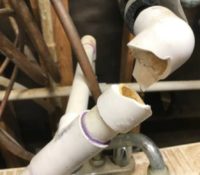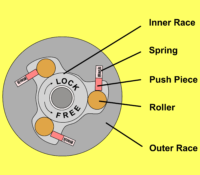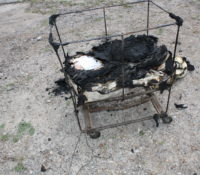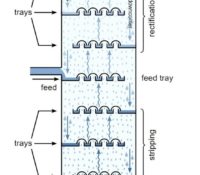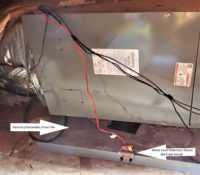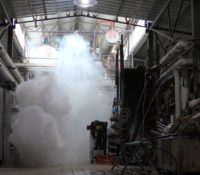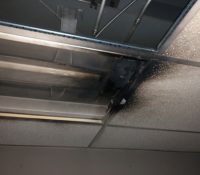WARREN Welcomes Mechanical Engineer Bob Hickman, P.E.
Please join us in welcoming Mechanical Engineer Bob Hickman, P.E., to the WARREN family! Bob has over 30 years of manufacturing and machine design experience in production and quality-driven environments. Bob holds a Bachelor of Science in Mechanical Engineering from Clemson University.
Bob’s Areas of Expertise Include:
-Machine Safeguarding
-Machine Design
-Equipment Failure
-Mechanical Engineering
-Industrial Accident Investigation
-Codes & Standards
-Machinery & Equipment Damage Assessment
-Products Liability Read More



